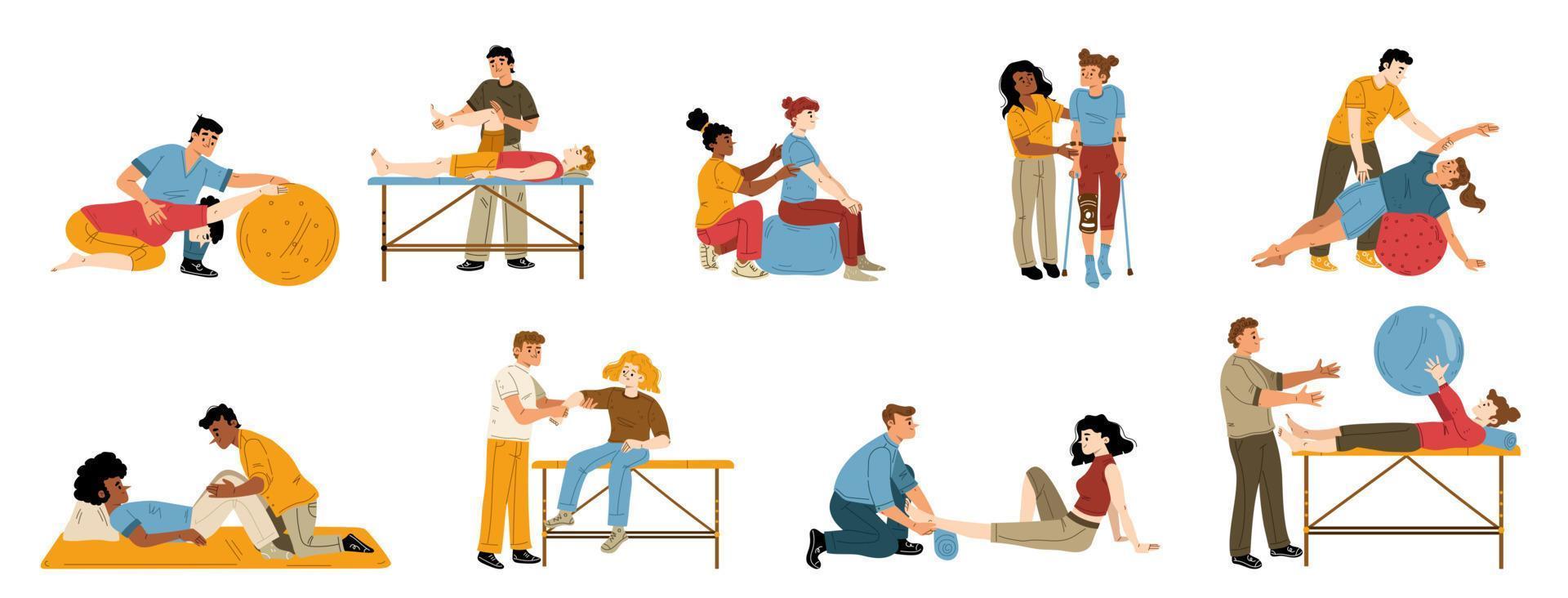Back
Physical Therapy (PT) vs Pelvic Floor Physical Therapy (PFPT)
By Shannon Strauch, PTA, STMT-1 on 5/30/2024

Regular physical therapy (PT) and pelvic floor physical therapy (PFPT) both aim to relieve pain and improve function, but they differ significantly in their focus, techniques, and approaches to treatment, especially in the context of pelvic pain.
Regular Physical Therapy
Focus:
Regular PT typically addresses musculoskeletal issues throughout the body. This can include joint pain, muscle strains, sports injuries, post-surgical rehabilitation, and general mobility issues.
Techniques:
Techniques may include:Strengthening exercises
Stretching exercises
Manual therapy (e.g., massage, joint mobilization)
Modalities like ultrasound, electrical stimulation, and heat/cold therapy
Education on body mechanics and ergonomics
Approach:
The approach is generally holistic, looking at the body as a whole to improve overall movement patterns and reduce pain. However, it may not specifically target the pelvic region unless the therapist has additional training or specialization in that area.
Pelvic Floor Physical Therapy
Focus:
PFPT specializes in the muscles, ligaments, and connective tissues of the pelvic floor. These muscles support pelvic organs, assist in bladder and bowel control, and play a role in sexual function.
Techniques:
Techniques are often more specialized and can include:Internal and external manual therapy to release tight muscles and improve muscle function
Biofeedback to help patients learn to control and strengthen pelvic floor muscles
Specific exercises to strengthen or relax pelvic floor muscles, such as Kegel exercises
Education on bladder and bowel habits, sexual health, and posture
Techniques to address specific pelvic pain conditions such as endometriosis, interstitial cystitis, or pelvic floor dysfunction
Approach:
PFPT is highly focused on the pelvic region, taking into account how pelvic floor dysfunction can affect overall health. Here at the Pelvic Health Center, our therapists also look at the body as a whole to see if pelvic pain or dysfunction is coming from other areas of the body. Therapists often work closely with other healthcare providers to address complex conditions that contribute to pelvic pain.
Key Differences
Specialization:
PFPT is a specialized field within physical therapy that requires additional training and certification. Regular PT has a broader scope but may not delve deeply into the complexities of the pelvic floor.
Techniques and Tools:
PFPT uses specific techniques and tools tailored to the pelvic region, including internal assessments and biofeedback, which are not typically part of regular PT.
Conditions Treated:
PFPT treats conditions specific to the pelvic floor, such as urinary incontinence, pelvic organ prolapse, and chronic pelvic pain, which may not be effectively addressed by general PT.
Summary
While both types of therapy aim to reduce pain and improve function, pelvic floor physical therapy offers specialized care for pelvic pain by addressing the unique anatomy and functions of the pelvic floor, whereas regular physical therapy provides a broader approach to musculoskeletal health.
Read More:
How Chronic Pelvic Congestion in Men Contributes to Prostatitis By Shannon Strauch, PTA, STMT-1 on 12/11/2024 How lymphatic issues can cause symptoms of prostatitis Prostatitis and Tight Pelvic Floor Muscles: A Comprehensive Guide By Shannon Strauch, PTA, STMT-1 on 12/10/2024 How a tight pelvic floor can be the reason for prostatitis symptoms
Are you ready to live pain free?
Request An Appointment